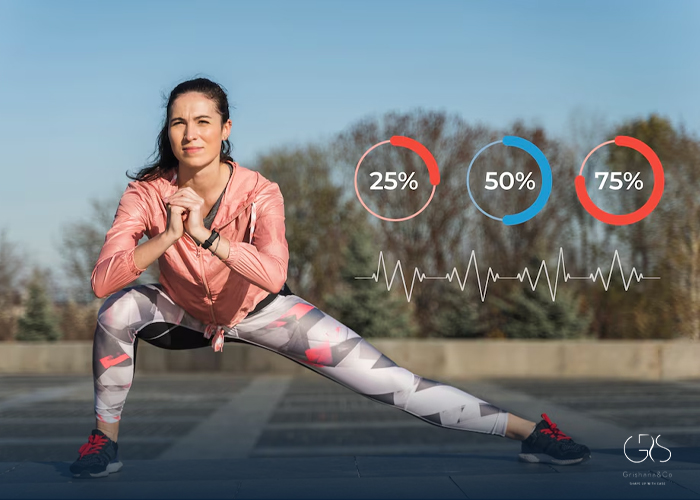A recent study has revealed a compelling link between walking speed and the risk of developing type 2 diabetes . According to research published by Diabetes UK, individuals who walk at a faster pace demonstrate a significantly lower risk of developing type 2 diabetes. The study found that individuals with a faster walking speed have a 50% lower risk of developing type 2 diabetes compared to those with a slower pace . This highlights the potential impact of brisk walking on diabetes prevention.
Increasing Walking Pace May Lower Risk of Type 2 Diabetes
The findings from the study offer noteworthy insights into the role of physical activity in diabetes prevention. By increasing walking pace, individuals may effectively lower their risk of developing type 2 diabetes. This emphasizes the importance of incorporating brisk walking into daily routines as a proactive measure for mitigating the risk of chronic conditions such as diabetes.

What Walking Speed Demonstrates About Overall Health
Beyond its association with diabetes risk, walking speed serves as a valuable indicator of overall health. Research from Harvard Health Publishing indicates that faster walking speed is often indicative of better cardiovascular fitness and endurance. It can reflect an individual’s physical conditioning and overall well-being, making it a crucial metric for assessing one’s health status.

How to Increase Your Walking Speed
For individuals seeking to enhance their walking speed, various strategies can be employed. Engaging in interval training, strength exercises, and consistent practice can contribute to improvements in walking pace over time. Emphasizing proper posture and participating in activities that strengthen lower body muscles are also effective approaches to enhance walking speed and endurance.
Statistics Highlighting the Benefits of Faster Walking
Relevant statistics highlight the substantial benefits of faster walking for overall health. Studies have shown that an increase in walking speed is associated with improved cardiovascular health and a reduced risk of chronic diseases. This underscores the significant impact that brisk walking can have on enhancing overall well-being and reducing the susceptibility to various health conditions.
Considering Diverse Perspectives on Diabetes Prevention
In addressing diabetes prevention and overall health, it is essential to consider diverse perspectives. Factors such as socioeconomic status, access to healthcare, and cultural practices can significantly influence an individual’s ability to engage in physical activity and effectively manage diabetes. Recognizing and addressing these diverse perspectives is crucial in developing comprehensive strategies for diabetes prevention and management.
Conclusion
The correlation between walking speed and diabetes risk underscores the vital role of physical activity in promoting overall health. Increasing walking pace has shown to be a promising approach in lowering the risk of type 2 diabetes and improving cardiovascular health. By acknowledging diverse perspectives, implementing strategies to enhance walking speed, and leveraging the insights from relevant statistics, we can work towards more inclusive and effective approaches to diabetes prevention and overall well-being.
Sources
- National Library of Medicine, Walking speed and the risk of type 2 diabetes: a systematic review and meta-analysis
- American Heart Association (AHA), Walking your way to better health? Remember the acronym FIT










